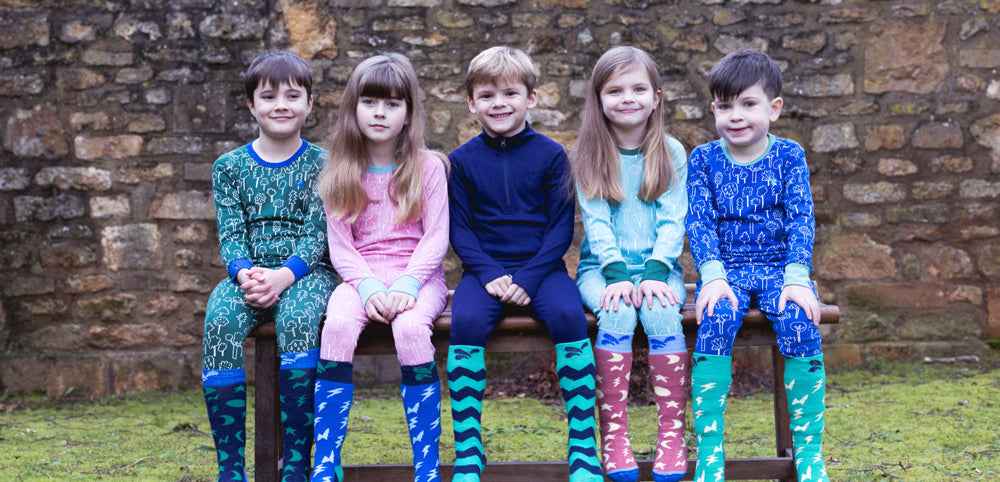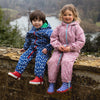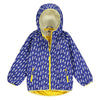
5 Mindfulness Activities for Children
Children of all ages can benefit from mindfulness practices. Just like us grown-ups, they too can find the world a little too busy or overwhelming at times.
Mindfulness can help little ones improve their mental health and well-being, social skills and so much more. It is important however to pick the right activities that are age-appropriate so children enjoy taking part and find them challenging but not too much.
It's World Mental Health Day on Friday 10th October, and 2025's theme is "access to services – mental health in catastrophes and emergencies". We've put together some activities for children to help cultivate mindfulness and wellbeing.

1) Yoga
Children derive enormous benefits from yoga. It enhances their concentration, sense of calmness and helps relax their minds. Most online yoga schools offer family-friendly classes where children can take their first steps in yoga or search YouTube for child-friendly sessions. You can even practice simple yoga poses at home and teach your little ones if you have some experience. Try this practice with Yoga with Adriene.
2) Nature walks
Go for a mindful walk a few times a week and ask the children to notice and observe the world around them. You can even play games – pick a colour and ask your little ones to find 5 nature items or objects in this colour. Listen to the sounds of nature or try to identify animal tracks or trees. Being in nature is such a great way to unwind and take a break. Plus, taking walks together helps your family to bond and it’s a lovely outdoor activity everyone can enjoy.

3) Mindfulness jar
A Mindfulness Glitter Jar can be a useful tool; watching the glitter swirl to the bottom of the jar gives children time to calm down and regain control of their emotions. Making one together is a lovely afternoon activity. You'll need a glass jar with a lid, distilled water, glitter glue (or plain glue) to slow down the fall of the glitter and some extra glitter but be sure to use ones that settle rather than float. Fill the jar to one-quarter full with distilled water, then to half full with glitter glue. Then add some extra glitter - the glitter should be different colours to represent different emotions. You can also add in some food colouring to make it look extra lovely. Finally, fill your jar with distilled water and seal the top. Depending on what type of jar you are using you may have to use a hot glue gun to seal your jar. Explain to your children that glitter represents different emotions such as anger or sadness. When they feel overwhelmed, they can shake the jar and watch the glitter move and settle, just like their thoughts and emotions.
4) Talk about emotions
Understanding emotions is a vital social and emotional skill that should be nurtured from early childhood. Encourage your children to describe their emotions and tell you how they feel by asking them open questions. Naming how they feel helps them process their emotions and makes them more aware of their feelings and reactions. Here are some brilliant activities to help you talk to your little ones about their emotions.

5) Practice gratitude together
At dinnertime (or bedtime), ask your children to tell you what they are grateful for that day. This can be a practice of asking each other a few questions around the dinner table, for example, 'What made you happy today?' or 'What did you do to make someone else happy today?'. There are no right or wrong answers. Through this practice, children and the whole family can learn to reflect on the positive aspects of their day and connect with each other on a deeper level.




















